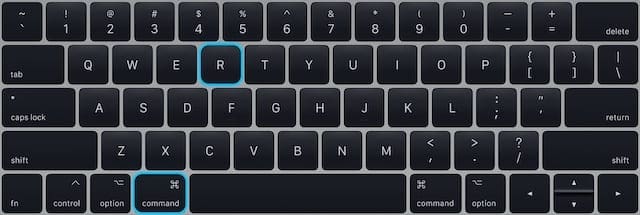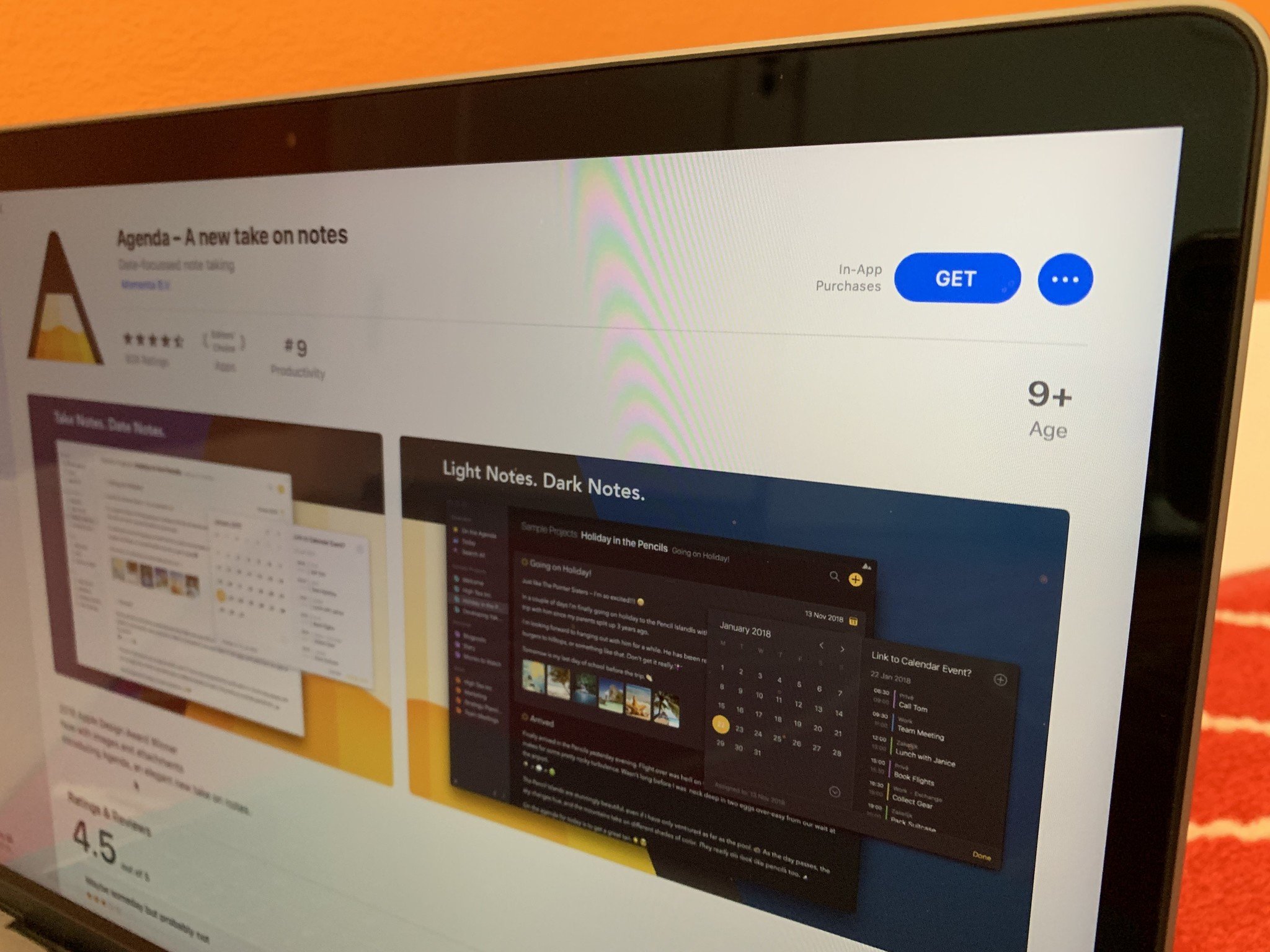

- #FIND PHOTO STORAGE AREA FOR USER NAME ON MAC FOR ANDROID#
- #FIND PHOTO STORAGE AREA FOR USER NAME ON MAC ANDROID#
storage/emulated//Android/media/ getExternalMediaDirs storage/emulated//Android/obb//*.obb getObbDirs storage/emulated/obb//*.obb (shared by multi-users, exposed in following view) data/user///shared_prefs getSharedPreferences data/user///no_backup getNoBackupFilesDir data/user///cache getCacheDir or getCodeCacheDir data/misc/profiles/ref//primary.prof (ART profile) data/misc/profiles/cur///primary.prof (ART profile) (compiled executable code, only for system apps) data/app/*/base.apk (original `.apk` file)
:max_bytes(150000):strip_icc()/002-move-macs-home-folder-new-location-2260157-005eab1edfae4dbeb58ccd09100c5b66.jpg)
data/app/* (user apps installation directory) Apps' files are saved (by system and app itself) to internal and external storage under different categories.
#FIND PHOTO STORAGE AREA FOR USER NAME ON MAC ANDROID#
This is from my detailed answer to How disk space is used on Android device?.
#FIND PHOTO STORAGE AREA FOR USER NAME ON MAC FOR ANDROID#
So the following is generally true for Android 4.4+ and particularly 6+. Some major changes occurred to storage in Android 4.4 (see Android's Storage Journey). Usually, these files and directories are only accessible by the app itself (and root, of course) - other than those stored on the SDCard, which are accessible by all apps. In its own "home directory" (and that's what it basically is, spoken Linux-wise) they can place files where they want. There might be several more directories in this place, or fewer - it all depends on the app.
 shared_prefs/: preferences and settings. lib/: libraries and helpers for the app. databases/: here go the app's databases. For your specific question I might add some more details on the /data/data/ (and corresponding SD-part): You can find a general explanation of the Android directory hierarchy in my answer here. Though, as Tom pointed out, root-apps could store their data almost everywhere on your device, they usually follow the same rules as other apps. They can use directory names freely (and they again do), which is what often makes it hard to decide what all that "junk" on the card is intended for, and what of it can be deleted. If an app expects huge amounts of data to be stored, or for other reasons wants to "be nice to internal storage", there's a corresponding directory on the SDCard ( Android/data/).Īpart from that, all apps can store data anywhere on the SDCard, as there are no restrictions - and many apps do so. This directory is "private" to the app – which means no other app and not even the user can access data in it (without root permissions). By default, the apps databases, settings, and all other data go here. Using your preferred text editor add a file named daemon.json under the directory /etc/docker.All apps (root or not) have a default data directory, which is /data/data/. Add a configuration file to tell the docker daemon what is the location of the data directory Stop the docker daemon sudo service docker stop 2. If you want to move the docker data directory on another location you can follow the following simple steps.ġ. it can become quite large in a relative small amount of time. The standard data directory used for docker is /var/lib/docker, and since this directory will store all your images, volumes, etc. It is available as a package on major Linux distributions, including Ubuntu. Docker is a popular container management platform that can dramatically speed up your development workflow.
shared_prefs/: preferences and settings. lib/: libraries and helpers for the app. databases/: here go the app's databases. For your specific question I might add some more details on the /data/data/ (and corresponding SD-part): You can find a general explanation of the Android directory hierarchy in my answer here. Though, as Tom pointed out, root-apps could store their data almost everywhere on your device, they usually follow the same rules as other apps. They can use directory names freely (and they again do), which is what often makes it hard to decide what all that "junk" on the card is intended for, and what of it can be deleted. If an app expects huge amounts of data to be stored, or for other reasons wants to "be nice to internal storage", there's a corresponding directory on the SDCard ( Android/data/).Īpart from that, all apps can store data anywhere on the SDCard, as there are no restrictions - and many apps do so. This directory is "private" to the app – which means no other app and not even the user can access data in it (without root permissions). By default, the apps databases, settings, and all other data go here. Using your preferred text editor add a file named daemon.json under the directory /etc/docker.All apps (root or not) have a default data directory, which is /data/data/. Add a configuration file to tell the docker daemon what is the location of the data directory Stop the docker daemon sudo service docker stop 2. If you want to move the docker data directory on another location you can follow the following simple steps.ġ. it can become quite large in a relative small amount of time. The standard data directory used for docker is /var/lib/docker, and since this directory will store all your images, volumes, etc. It is available as a package on major Linux distributions, including Ubuntu. Docker is a popular container management platform that can dramatically speed up your development workflow.



:max_bytes(150000):strip_icc()/002-move-macs-home-folder-new-location-2260157-005eab1edfae4dbeb58ccd09100c5b66.jpg)



 0 kommentar(er)
0 kommentar(er)
